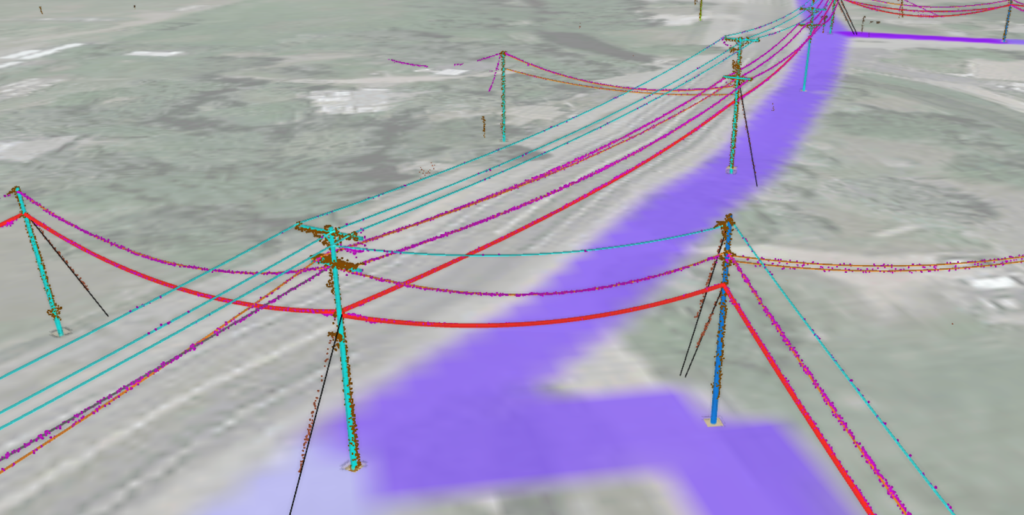
Case Study: Guiding Risk-Based Upgrades for a Large Multi-State Utility
The Context
A large multi-state utility faced escalating wildfire risk, equipment-driven outages, and mounting regulatory scrutiny. With billions in market capitalization losses and $200 million in rising insurance premiums tied to wildfire-related events, the utility needed a holistic approach to assess and manage system-wide risk. Despite extensive data collection efforts, siloed and unstructured datasets made it difficult to proactively address clearance violations, validate structural integrity, or prioritize capital investments with confidence.
With billions in capital and millions in O&M allocated to strengthening network resilience, the utility needed a way to identify and prioritize its upgrade decisions for risk mitigation. They were trying to balance wildfire mitigation risk and replacement cost, such as undergrounding, while aiming to view the entire picture, including vegetation management and pole inspection information, in a single view.
The Problem
Existing tools gave them probability risk metrics of ignition based on historical failures. This probability made them directionally correct, but did not allow for true determination of what assets under what conditions will fail. Structural risks such as overloaded poles, cascading failures, clearance violations, and unsafe third-party attachments made operating in a dynamic environment difficult and slow. Unauthorized telecom attachments created safety and clearance risks by adding extra stress to the pole infrastructure. Without a reliable way to detect these unpermitted connections, the utility estimated $5–10 million in missed revenue from unbilled rent from attachers. Inaccuracies in GIS undermined all downstream modeling and planning, limiting confidence in system-wide risk assessments. Ultimately, with billions earmarked for resiliency, the utility lacked a physics-based risk index to prioritize investments defensibly down to the feeder and structure levels.
The Solution & Outcome
The large multi-state utility partnered with Neara to deploy a physics-enabled digital twin, unifying GIS, LiDAR, inspection, and vegetation data into a high-fidelity structural model of the entire network. This enabled risk-weighted simulations to guide upgrade decisions across wildfire and attachment management. The utility projects an 8% reduction in System Average Interruption Duration Index (SAIDI) minutes, securing over $100 million in annual cost savings.
Through Neara, the utility gained a unified, engineering-grade view of its network to drive data-backed planning and investment. Risk-based simulations enabled network-wide risk aggregation, feeder-level comparisons, and per-structure scoring — maximizing the impact of a $1.5 billion capital plan.
The analysis revealed nearly 10% of poles were overutilized, with several leaning more than 15 degrees and showing clearance breaches or cascading failure risks. These insights guided targeted upgrades to reduce wildfire ignition potential and improve structural resilience.
The utility also uncovered unauthorized telecom attachments, identifying clearance violations and $5–10 million in potential recoverable revenue. Alongside these findings, foundational data improvements corrected 80% of pole classifications, refined 10% of pole heights, reconciled hundreds of inspection and vegetation records, and enhanced GIS accuracy across pilot regions.
The result? The utility established a defensible, physics-based framework for prioritizing upgrades, shifting from reactive maintenance to proactive, data-driven planning. The utility is now able to make faster, more confident investment decisions that simultaneously reduce wildfire risk, improve safety, and capture new revenue opportunities.